10 Best Herbal Teas For Leg Pain
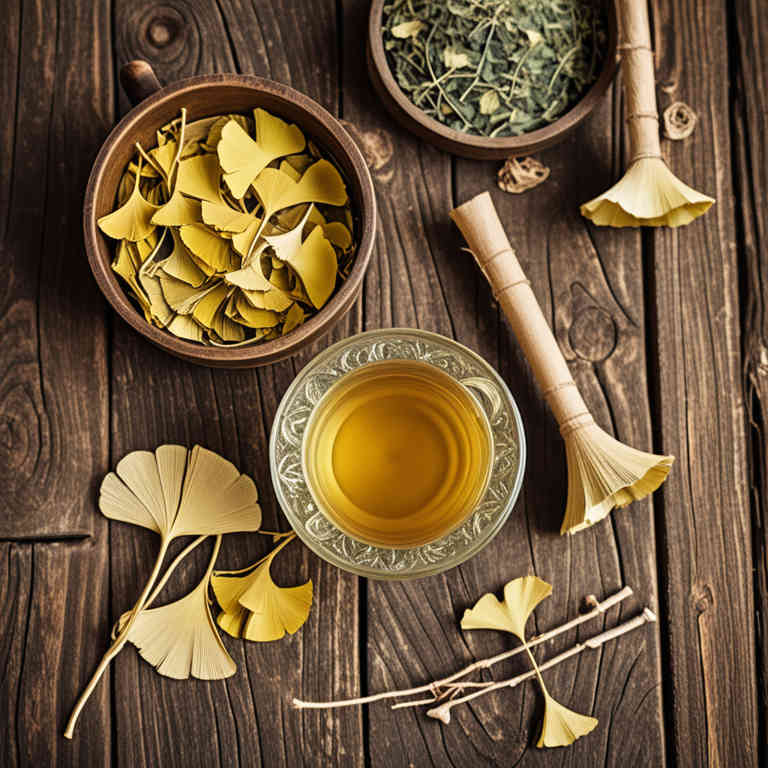
Herbal teas can be a natural and soothing remedy for leg pain, offering gentle relief without the side effects of pharmaceuticals.
Certain herbs like ginger, turmeric, and willow bark are known for their anti-inflammatory and pain-relieving properties, making them beneficial for conditions such as arthritis or muscle soreness. To prepare these teas, simply steep the dried herbs in hot water for several minutes, allowing the active compounds to infuse into the liquid. Drinking herbal tea regularly may help reduce inflammation and improve circulation, supporting overall leg health.
However, it's important to consult with a healthcare professional before using herbal remedies, especially if you have underlying medical conditions or are taking other medications.
FREE Herb Drying Checklist
How to make sure every batch retains maximum flavor, color, and aroma without the risk of mold or over-drying. Eliminate guesswork and trial-and-error, making herb drying faster, easier, and more efficient every time.
Table of Contents
1. Hypericum perforatum

Hypericum perforatum, commonly known as St. John's wort, is a herbal remedy that has been traditionally used for its potential therapeutic effects on various ailments, including leg pain.
When prepared as a tea, it is believed to possess anti-inflammatory and analgesic properties that may help alleviate discomfort associated with conditions such as arthritis, muscle strain, or nerve-related pain in the legs. The active compounds in hypericum perforatum, such as hypericin and hyperforin, are thought to contribute to its pain-relieving effects by influencing neurotransmitter activity and reducing inflammation. However, it is important to note that while some individuals may find relief from using St. John's wort tea for leg pain, it should be used with caution due to potential interactions with other medications and its effects on the central nervous system.
As with any herbal treatment, it is advisable to consult with a healthcare professional before incorporating hypericum perforatum into a pain management regimen.
2. Urtica dioica
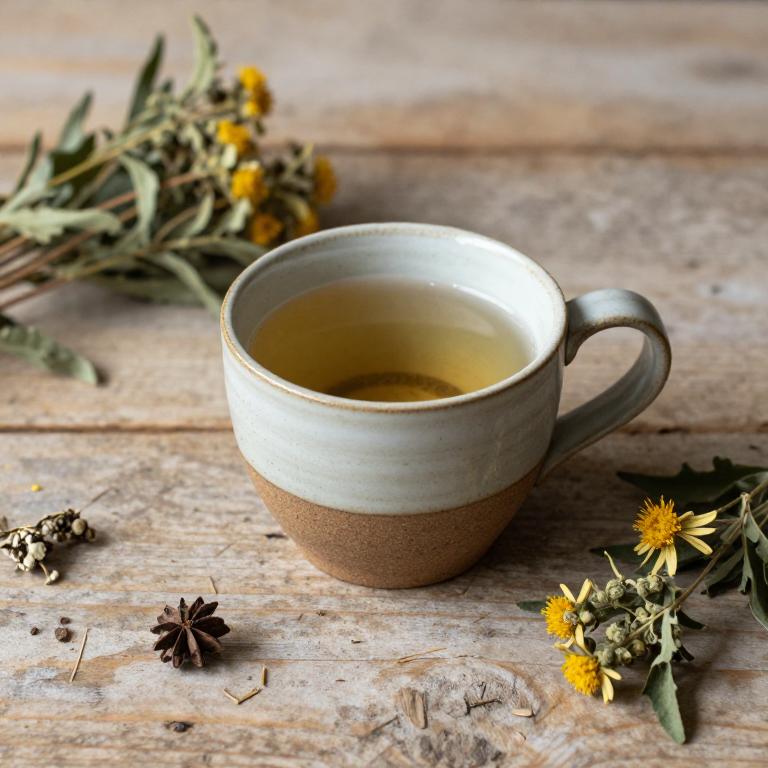
Urtica dioica, commonly known as stinging nettle, is a herbal remedy that has been traditionally used to alleviate various health issues, including leg pain.
When prepared as a tea, stinging nettle may help reduce inflammation and improve circulation, which can be beneficial for individuals experiencing discomfort in the legs. The plant contains compounds such as flavonoids and silica that are believed to support joint health and reduce pain. However, it is important to consult with a healthcare professional before using stinging nettle tea, especially if you have underlying medical conditions or are taking medications.
While some people find relief from leg pain with this herbal tea, individual responses may vary, and it should not replace professional medical advice or treatment.
3. Equisetum arvense
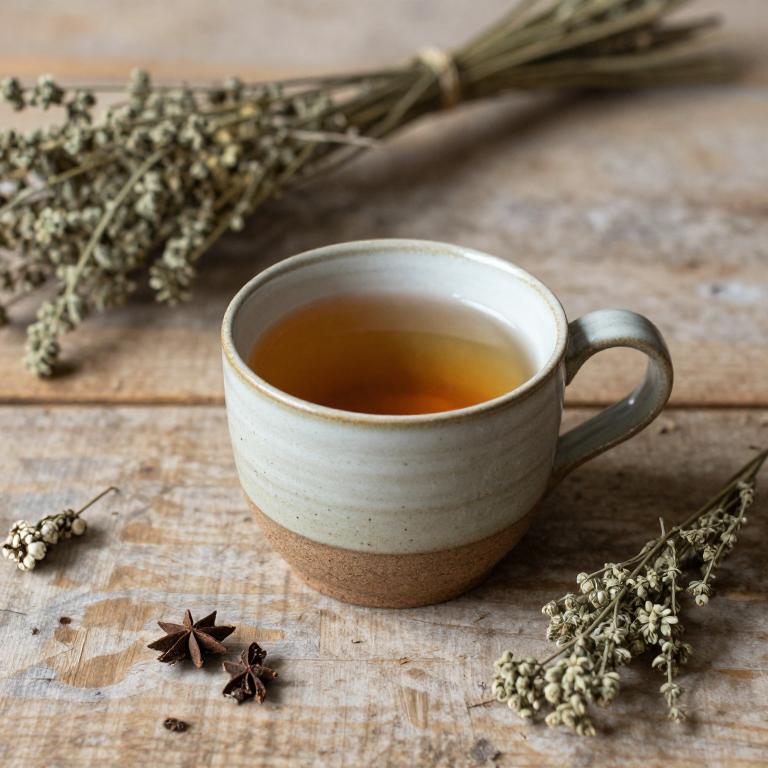
Equisetum arvense, commonly known as field horsetail, has been traditionally used in herbal teas to alleviate leg pain, particularly due to its high concentration of silica and other minerals.
The tea is believed to support joint health and reduce inflammation, making it a popular remedy for conditions like arthritis and muscle soreness. When prepared properly, the herbal tea can be consumed regularly to help improve circulation and reduce discomfort in the legs. However, it is important to consult a healthcare professional before using it, especially for those with kidney issues or on medication.
Overall, equisetum arvense herbal tea offers a natural approach to managing leg pain, though its effectiveness may vary among individuals.
4. Cnicus benedictus
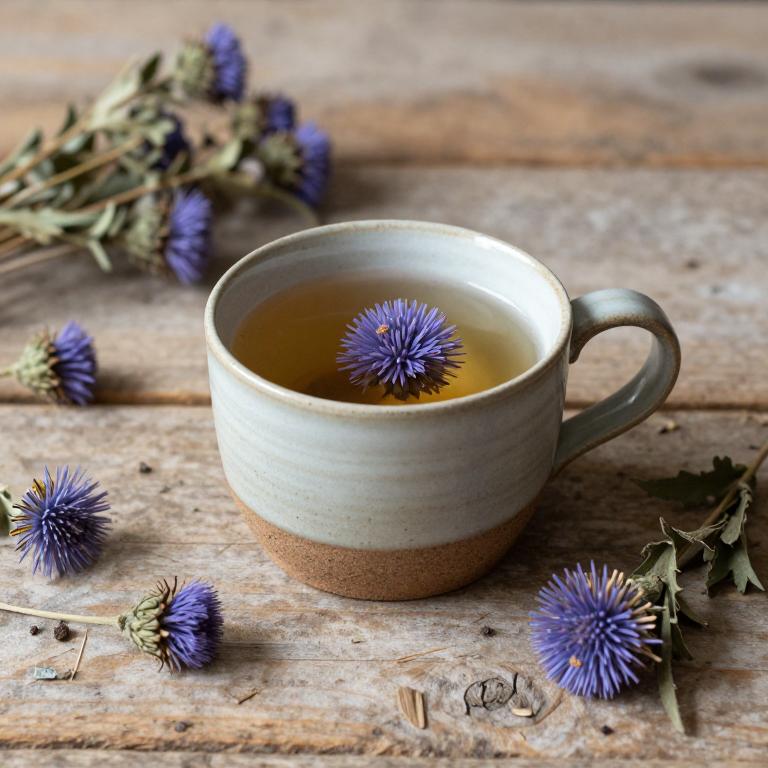
Cnicus benedictus, also known as blessed thorn, is a traditional herbal remedy that has been used for centuries to alleviate leg pain, particularly in conditions such as varicose veins and chronic venous insufficiency.
This herb contains bioactive compounds like flavonoids and tannins, which are believed to strengthen blood vessels and improve circulation, reducing discomfort and swelling in the legs. Herbal teas made from Cnicus benedictus are typically prepared by steeping the dried leaves in hot water, and they are often consumed regularly as part of a holistic approach to managing leg-related ailments. While some studies suggest potential benefits, it is important to consult a healthcare professional before using this herb, especially if you have underlying health conditions or are taking other medications.
Overall, Cnicus benedictus herbal tea may offer natural relief for leg pain when used appropriately and in conjunction with conventional treatments.
5. Vitex agnus-castus
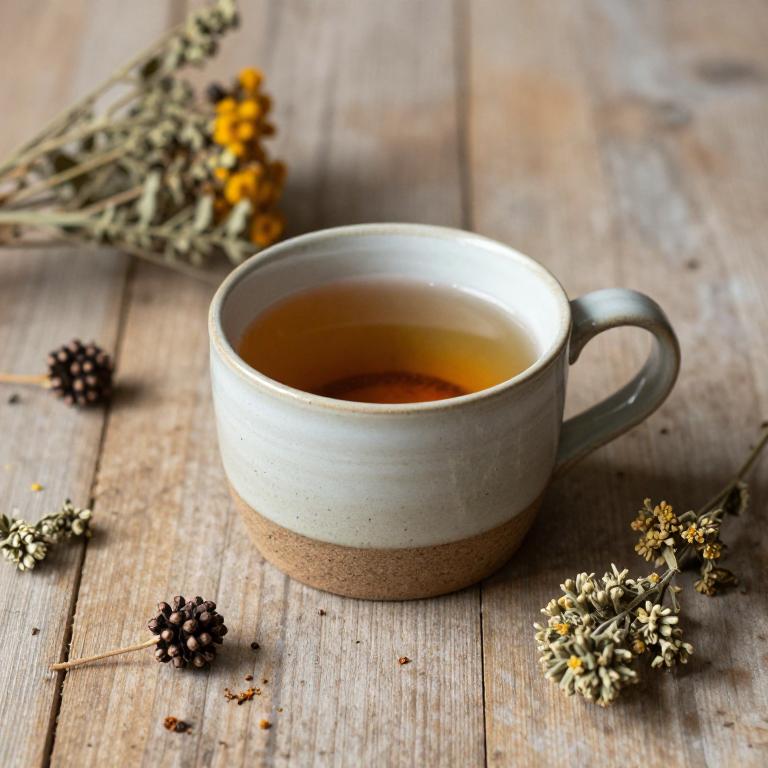
Vitex agnus-castus, commonly known as chasteberry, is a herbal remedy that has been traditionally used to support hormonal balance and alleviate various health issues, including menstrual discomfort.
While it is often associated with women's health, some studies suggest it may also have potential benefits for reducing inflammation and improving circulation, which could indirectly help with leg pain. Herbal teas made from vitex agnus-castus are typically consumed as a calming tonic, and they may help reduce symptoms related to poor circulation or nerve-related discomfort in the legs. However, it is important to consult with a healthcare professional before using vitex for leg pain, especially if you have underlying medical conditions or are taking other medications.
Overall, while vitex agnus-castus may offer some supportive benefits, it should not replace conventional treatments for leg pain without medical guidance.
6. Salvia officinalis
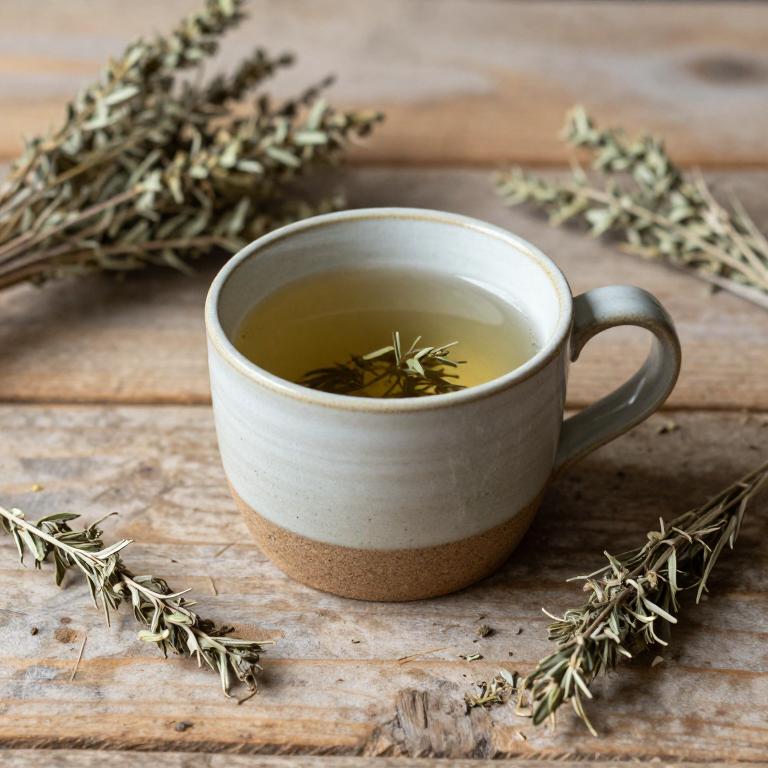
Salvia officinalis, commonly known as sage, has been traditionally used in herbal medicine for its potential health benefits, including relief from leg pain.
When prepared as a herbal tea, sage may help reduce inflammation and improve circulation, which can alleviate discomfort in the legs. The anti-inflammatory and analgesic properties of sage are believed to stem from its rich content of compounds like rosmarinic acid and flavonoids. While scientific evidence supporting its effectiveness for leg pain is limited, many individuals report experiencing some degree of relief when using sage tea regularly.
It is advisable to consult a healthcare professional before using sage tea, especially if you have underlying health conditions or are taking medications.
7. Nymphaea alba
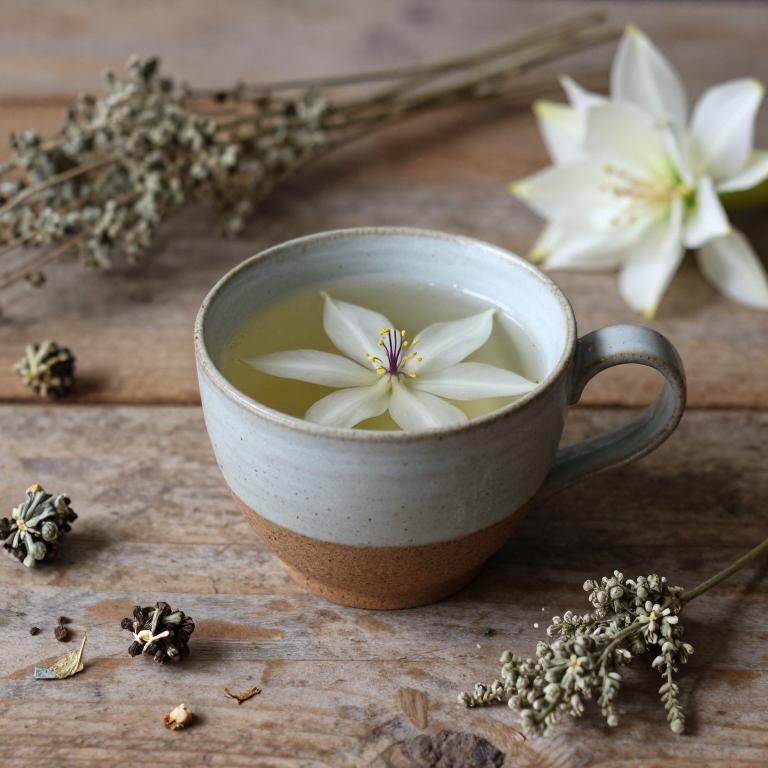
Nymphaea alba, commonly known as the white water lily, has been traditionally used in herbal medicine for its soothing and anti-inflammatory properties.
Herbal teas made from Nymphaea alba are believed to help alleviate leg pain by promoting circulation and reducing swelling in the lower limbs. The plant contains compounds such as flavonoids and alkaloids that may contribute to its analgesic and anti-inflammatory effects. When consumed as a tea, it is often combined with other herbs like ginger or turmeric to enhance its therapeutic benefits.
While research on its efficacy for leg pain is limited, many users report relief from symptoms such as varicose veins, restless leg syndrome, and muscle aches when incorporating Nymphaea alba into their wellness routine.
8. Zingiber officinale
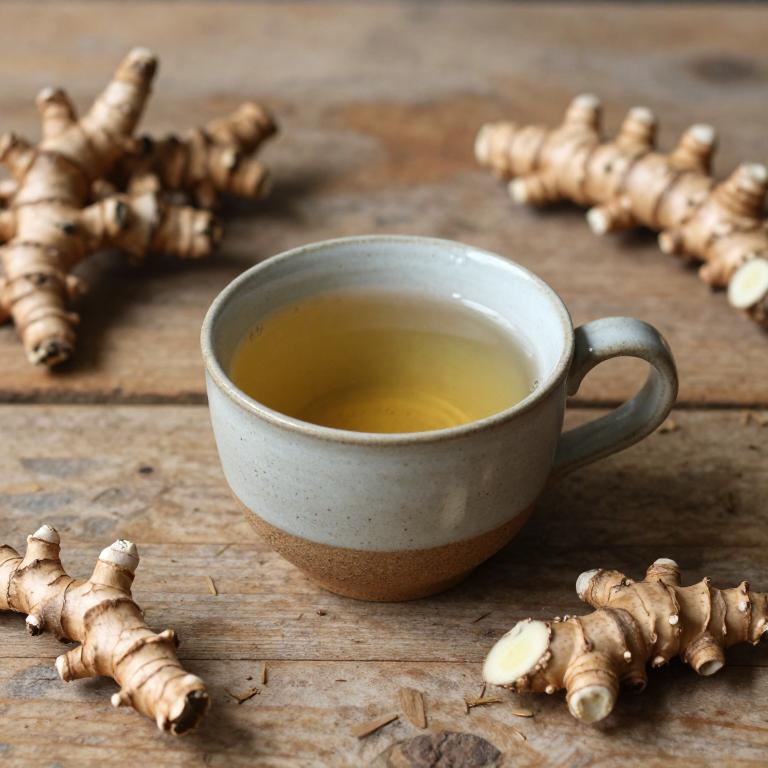
Zingiber officinale, commonly known as ginger, has been widely used in herbal teas to alleviate various health issues, including leg pain.
The active compounds in ginger, such as gingerol and shogaol, possess anti-inflammatory and analgesic properties that can help reduce discomfort and swelling in the legs. Drinking ginger tea regularly may improve circulation and ease muscle tension, making it a natural remedy for conditions like restless legs syndrome or muscle cramps. Many individuals find relief from leg pain by incorporating ginger into their daily herbal tea routine, often combining it with other soothing herbs like turmeric or chamomile.
While ginger tea is generally safe, it is advisable to consult a healthcare professional before using it for persistent or severe leg pain.
9. Achillea millefolium
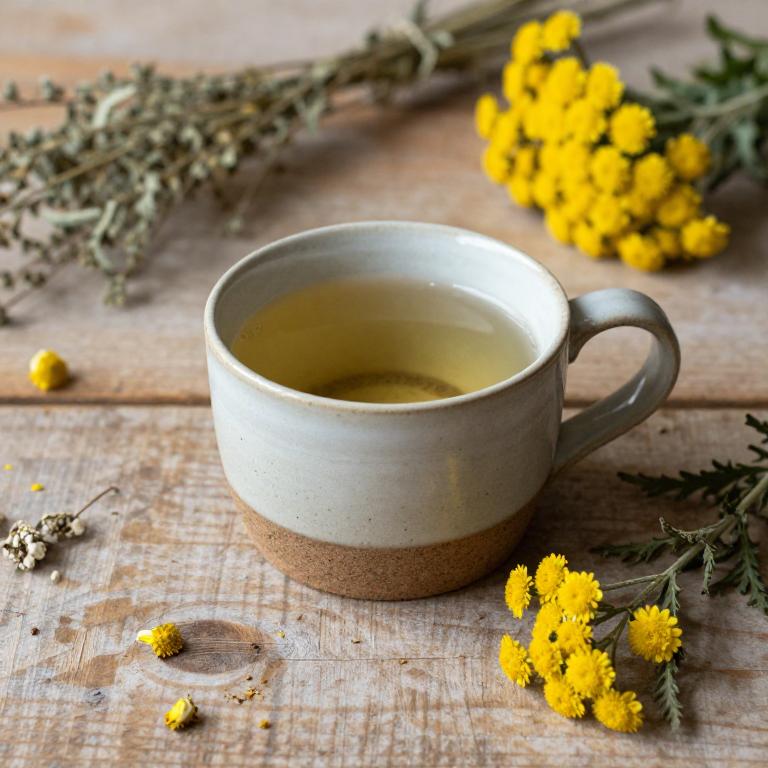
Achillea millefolium, commonly known as yarrow, has been traditionally used in herbal medicine for its anti-inflammatory and analgesic properties, making it a potential remedy for leg pain.
When brewed into a tea, yarrow may help reduce swelling and discomfort associated with conditions like arthritis or muscle strain in the legs. The plant contains compounds such as flavonoids and essential oils that contribute to its soothing effects on the body. However, while some people find relief from yarrow tea, it is important to consult a healthcare provider before use, especially for those with bleeding disorders or who are on blood-thinning medications.
As with any herbal remedy, individual responses can vary, and it should not replace professional medical advice or treatment.
10. Curcuma longa

Curcuma longa, commonly known as turmeric, is widely used in herbal teas to alleviate leg pain due to its potent anti-inflammatory and analgesic properties.
The active compound in turmeric, curcumin, helps reduce inflammation and oxidative stress, which are often underlying causes of chronic leg pain. When consumed as a herbal tea, turmeric can support overall joint health and may help ease discomfort associated with conditions like arthritis or muscle soreness. To maximize its benefits, turmeric tea is often combined with black pepper or healthy fats like coconut oil to enhance absorption.
While it can be a natural complement to conventional treatments, it is advisable to consult a healthcare professional before using turmeric tea for persistent or severe leg pain.